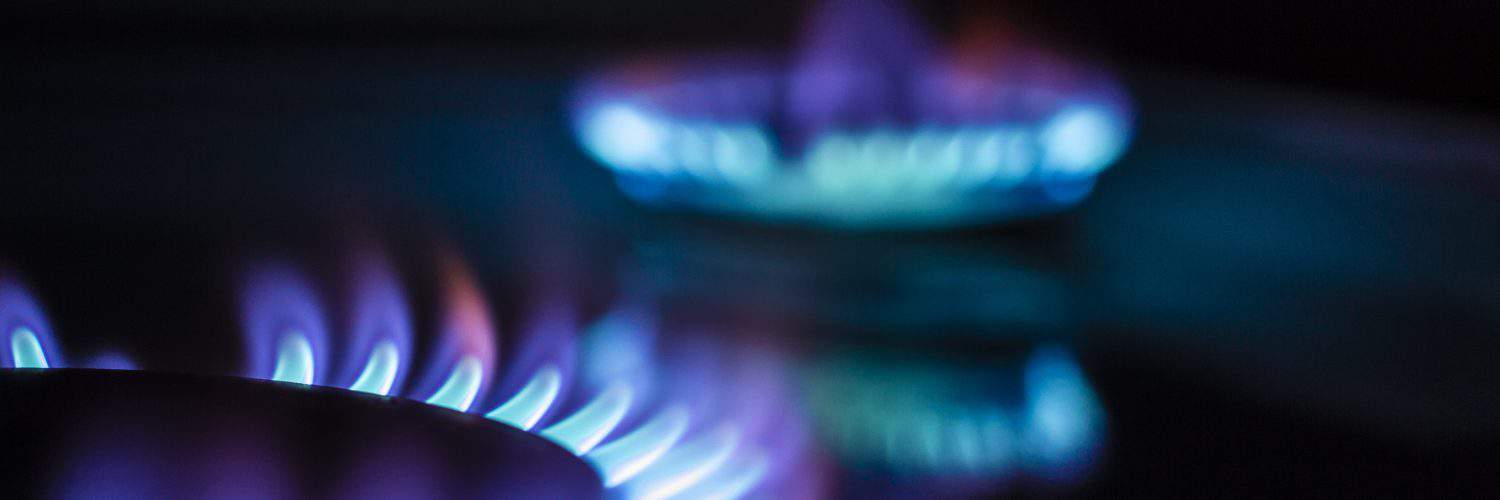Natural gas futures have continued their upward momentum again this week! Henry Hub natural gas futures for August are trading at US$3.98/MMBtu as of 1:30pm EDT Thursday afternoon, approaching a US$4/MMbtu level not seen since December 2018. Expectations for hot temperatures at the end of July and early August, stronger-than-anticipated power burn demand and increased US liquefied natural gas (LNG) exports are contributing to the price increases. LNG feed gas send-out has increased 87%, year-over-year. Global gas prices remain higher than US prices, further supporting demand for US LNG exports, with the Japan-Korea-Marker trading in the $13/MMBtu range.
The Energy Information Administration (EIA) reported the Henry hub natural gas spot price in June averaged US$3.26/MMBtu, the highest price during a summer month since 2014. Spot prices in July have continued to increase, averaging US$3.67/MMBtu during the first two weeks, as the natural gas supply/demand balance constricts. The EIA expects tight US natural gas supply/demand balances will continue for the remainder of 2021. The EIA forecasts the spot price at the Henry Hub will average US$3.22/MMBtu in 2021, and will average above US$3.00/MMBtu through March 2022 and US$2.96/MMBtu in the second half of 2022. The EIA estimated working gas storage was 2,678 Bcf for the week ending July 16th, following an injection of 49 Bcf. Storage levels are now 16.6% below year-ago levels and, relative to the five-year average, 6.2% less. This bearish report came in on the high end of market expectations, which ranged from 39-49 Bcf. For this week, ending tomorrow, the market expects a 40 Bcf injection, as warmer temperatures elevated power burn demand.
In Canada, prompt-month futures for AECO are trading at C$3.56/GJ, while Dawn is trading at C$4.50/GJ. Prices have continued their upward trend, with week-over-week increases of $0.21/GJ and $0.37/GJ at AECO and Dawn, respectively. Canadian natural gas storage for the week ending July 16th was sitting at 458 Bcf, after an overall injection of 11 Bcf – literally half the size of last year’s injection at this time. This injection increases storage inventories to 16.1% below the 5-year average and 21.2% below storage levels last year at this time. Interestingly, Canadian exports to the US for summer 2021 are 14.5% higher than last year. Eastern storage levels are now at 60% capacity and Western storage is 51% full.
– Karyn Morrison, Energy Advisor / Grace Wilton, Senior Energy Advisor








Add comment